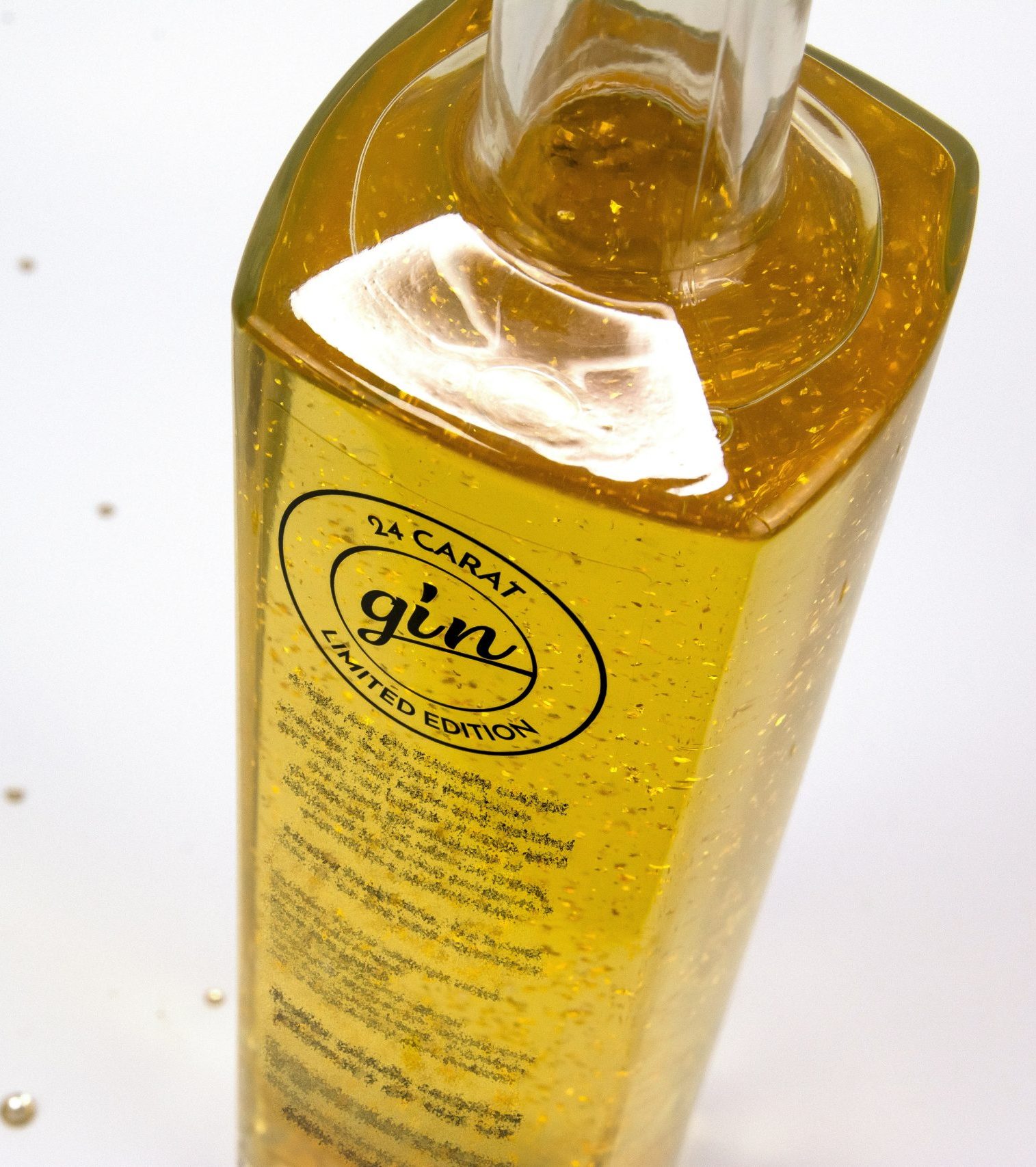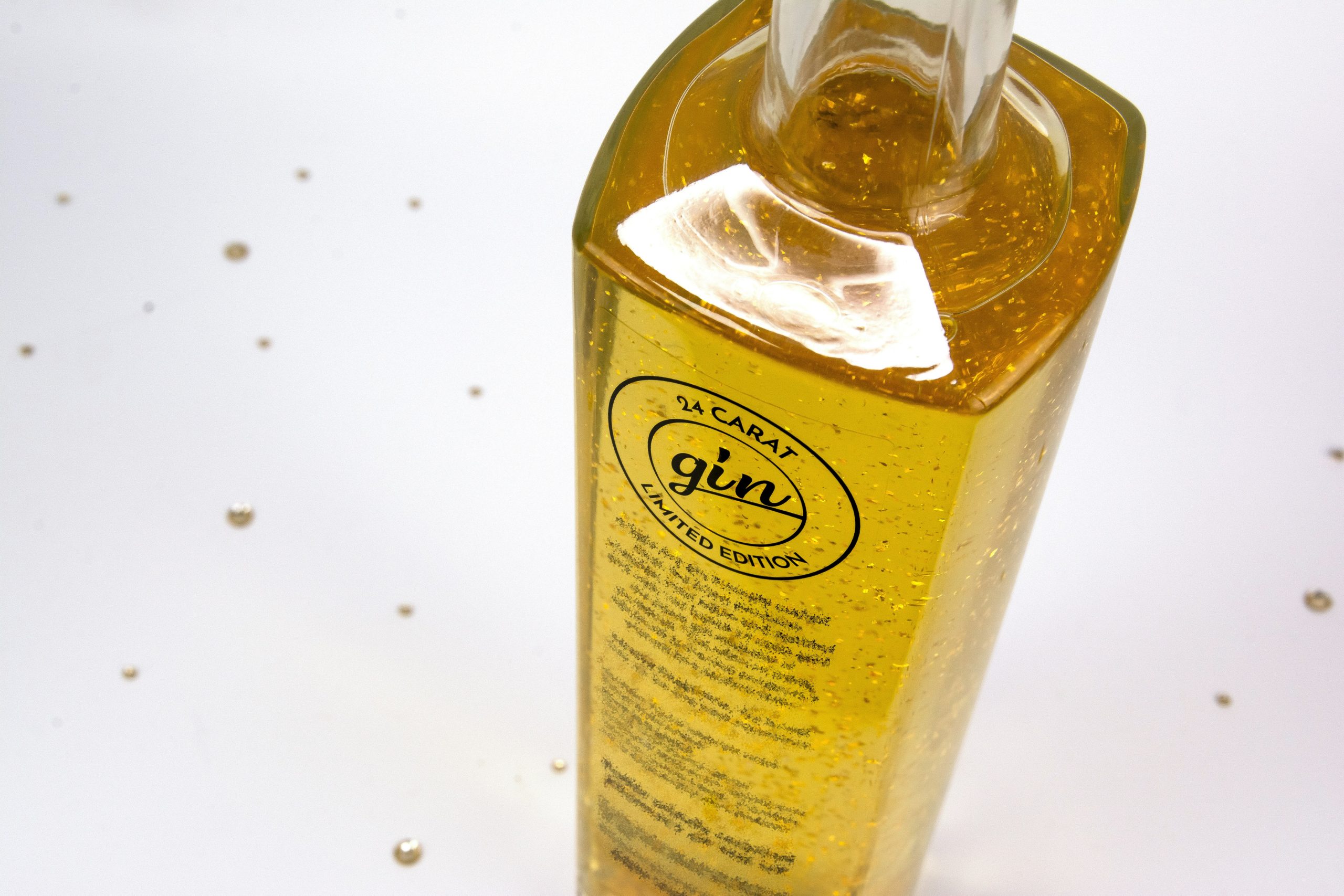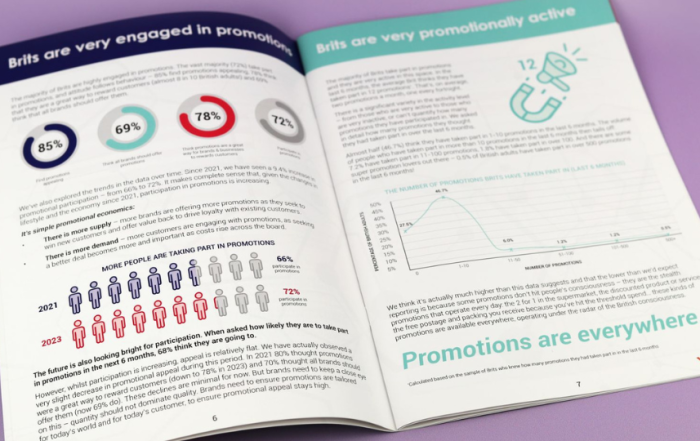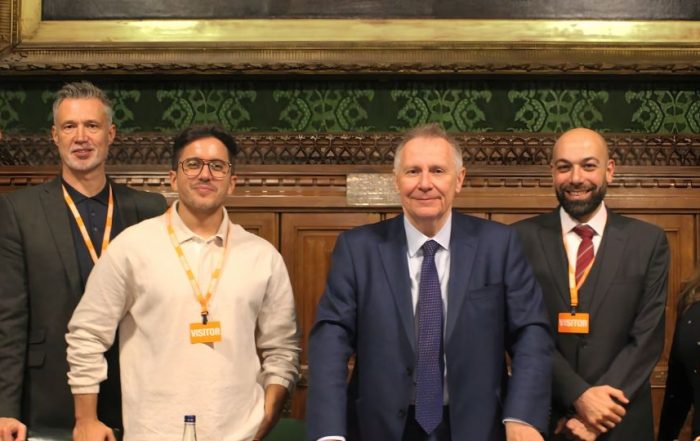The UK Government has confirmed a three-month delay to the enforcement of new restrictions on advertising Less Healthy Food and Drink (LHF) products, now due to take legal effect on 5 January 2026. The postponement, announced yesterday (22 May 2025) by Ashley Dalton MP, will allow time to introduce secondary legislation that explicitly exempts “brand-only” advertising from the scope of the rules. While this update provides clarity on a major concern, the timeline shift does not relax expectations. In agreement with ministers, advertisers, broadcasters, and platforms have voluntarily committed to comply with the restrictions from 1 October 2025 as originally planned. This article explores what’s on the table for marketers, what’s still under consultation, and what brands and agencies need to prepare for. Let’s dive in.

What’s on the Table? A Marketer’s Guide to the LHF Advertising Delay


Understanding LHF
The LHF regulations represent the latest stage in the Government’s efforts to tackle childhood obesity, a crisis affecting more than 22% of Year 6 children in England. These upcoming restrictions, which were originally due to come into force on 1 October 2025, mark a significant expansion of existing HFSS rules that have been in force since 2007 for broadcast media and since 2017 for non-broadcast media. The LHF rules build on this foundation but go further, introducing a 9pm watershed on TV and on-demand programme services and a total ban on paid online advertising of LHF products. These changes are designed to limit exposure across both traditional and digital platforms, addressing not only what is seen but how and where it is promoted.
While often described in shorthand as HFSS regulations, the new LHF framework introduces a more precise definition and broader scope. HFSS (High in Fat, Salt or Sugar) refers to a nutrient profiling model used to assess the healthiness of food and drink products. LHF (Less Healthy Food and Drink), however, is a regulatory subset that applies only to HFSS products that also fall within one of 13 regulated categories outlined in the 2024 advertising-specific regulations. These categories include: soft drinks with added sugar, breakfast cereals, ice cream, cakes, biscuits, confectionery, morning goods (such as pastries), puddings and desserts, yoghurts, crisps and savoury snacks, pizza, ready meals, and battered or breaded products. IPM Regulatory Advisor Sam Winterbourne explains:

Where Brand Stops & Product Begins
One of the most complex issues to emerge in 2025 surrounds what’s not in scope. In particular, brand-only advertising. These are campaigns that feature a brand’s identity—logo, colours, or slogan—without showing or naming a specific LHF product. Many brands had planned Q4 activity under the understanding that brand-only advertising would fall outside the scope of the restrictions—as originally intended by Government policy—particularly around the competitive and commercially critical Christmas period. However, concerns began to surface earlier this year when draft guidance from CAP and BCAP (acting on behalf of the ASA) suggested that ‘identifiability’ could still bring a brand ad into scope. The logic was that even without showing a product, if the average UK consumer could reasonably associate the branding—through elements like packaging, colourways, straplines, or broader brand cues—with a specific less healthy product, the ad could still fall within the restrictions.
The law, as set out in the Health and Care Act 2022, was intended to target product advertising, not branding in isolation. But because brand-only advertising was not explicitly covered in the wording, a regulatory grey area emerged—placing ASA and CAP in a difficult position when drafting implementation guidance. In response to industry concern, the Government confirmed that it would bring forward a Statutory Instrument (SI) to clarify the law and explicitly exempt brand-only advertising from the restrictions. This will provide legal certainty ahead of enforcement in January 2026, enabling regulators to deliver clearer implementation guidance and giving advertisers confidence to plan future campaigns.
What Comes Next?
The delay offers much-needed clarification, but it does not pause expectations. From 1 October 2025, advertisers, broadcasters, and online platforms have committed to a voluntary period of compliance that mirrors the law before it officially takes effect in January 2026. While legal enforcement is still months away, the reputational spotlight is already on. Campaigners, health groups, and regulators will be watching closely, particularly during the high-profile Christmas period. This transition is also a moment of transformation. With traditional paid and scheduled formats under pressure, brands are rethinking how they connect with audiences. Many are turning to product reformulation, not as a workaround, but as a way to remove risk entirely. Innovation, in both format and formulation, will shape the next chapter.
The IPM will continue to support members at every step, helping the industry move forward with clarity, confidence, and credibility. Marketers should also watch for the forthcoming draft regulation, which is expected to provide a more detailed definition of brand-only advertising. For further guidance, resources, and one-to-one support, IPM members are encouraged to contact our legal advisory service at legal@theipm.org.uk.
Understanding LHF
The LHF regulations represent the latest stage in the Government’s efforts to tackle childhood obesity, a crisis affecting more than 22% of Year 6 children in England. These upcoming restrictions, which were originally due to come into force on 1 October 2025, mark a significant expansion of existing HFSS rules that have been in force since 2007 for broadcast media and since 2017 for non-broadcast media. The LHF rules build on this foundation but go further, introducing a 9pm watershed on TV and on-demand programme services and a total ban on paid online advertising of LHF products. These changes are designed to limit exposure across both traditional and digital platforms, addressing not only what is seen but how and where it is promoted.
While often described in shorthand as HFSS regulations, the new LHF framework introduces a more precise definition and broader scope. HFSS (High in Fat, Salt or Sugar) refers to a nutrient profiling model used to assess the healthiness of food and drink products. LHF (Less Healthy Food and Drink), however, is a regulatory subset that applies only to HFSS products that also fall within one of 13 regulated categories outlined in the 2024 advertising-specific regulations. These categories include: soft drinks with added sugar, breakfast cereals, ice cream, cakes, biscuits, confectionery, morning goods (such as pastries), puddings and desserts, yoghurts, crisps and savoury snacks, pizza, ready meals, and battered or breaded products. IPM Regulatory Advisor Sam Winterbourne explains:

Where Brand Stops & Product Begins
One of the most complex issues to emerge in 2025 surrounds what’s not in scope. In particular, brand-only advertising. These are campaigns that feature a brand’s identity—logo, colours, or slogan—without showing or naming a specific LHF product. Many brands had planned Q4 activity under the understanding that brand-only advertising would fall outside the scope of the restrictions—as originally intended by Government policy—particularly around the competitive and commercially critical Christmas period. However, concerns began to surface earlier this year when draft guidance from CAP and BCAP (acting on behalf of the ASA) suggested that ‘identifiability’ could still bring a brand ad into scope. The logic was that even without showing a product, if the average UK consumer could reasonably associate the branding—through elements like packaging, colourways, straplines, or broader brand cues—with a specific less healthy product, the ad could still fall within the restrictions.
The law, as set out in the Health and Care Act 2022, was intended to target product advertising, not branding in isolation. But because brand-only advertising was not explicitly covered in the wording, a regulatory grey area emerged—placing ASA and CAP in a difficult position when drafting implementation guidance. In response to industry concern, the Government confirmed that it would bring forward a Statutory Instrument (SI) to clarify the law and explicitly exempt brand-only advertising from the restrictions. This will provide legal certainty ahead of enforcement in January 2026, enabling regulators to deliver clearer implementation guidance and giving advertisers confidence to plan future campaigns.
What Comes Next?
The delay offers much-needed clarification, but it does not pause expectations. From 1 October 2025, advertisers, broadcasters, and online platforms have committed to a voluntary period of compliance that mirrors the law before it officially takes effect in January 2026. While legal enforcement is still months away, the reputational spotlight is already on. Campaigners, health groups, and regulators will be watching closely, particularly during the high-profile Christmas period. This transition is also a moment of transformation. With traditional paid and scheduled formats under pressure, brands are rethinking how they connect with audiences. Many are turning to product reformulation, not as a workaround, but as a way to remove risk entirely. Innovation, in both format and formulation, will shape the next chapter.
The IPM will continue to support members at every step, helping the industry move forward with clarity, confidence, and credibility. Marketers should also watch for the forthcoming draft regulation, which is expected to provide a more detailed definition of brand-only advertising. For further guidance, resources, and one-to-one support, IPM members are encouraged to contact our legal advisory service at legal@theipm.org.uk.
What Do Brits Want from Promotions in 2026
Get ready to unpack the promotional marketing landscape for 2026 as Mando, YouGov and the IPM prepare to launch What Brits Want from Promotions 3.0...
IPM Brings AI Marketing Debate to Westminster
AI in marketing goes on trial at the House of Commons, as MPs and industry leaders debate whether it is a partner or disruptor to promotional marketing.
Piccadilly Lights Goes from Billboard Icon to Experiential Capital
Piccadilly Lights, once the crown jewel of billboard advertising, is now the beating heart of experiential marketing in London, where brands don’t just advertise, they immerse.
News
What Do Brits Want from Promotions in 2026
Get ready to unpack the promotional marketing landscape for 2026 as Mando, YouGov and the IPM prepare to launch What Brits Want from Promotions 3.0...
IPM Brings AI Marketing Debate to Westminster
AI in marketing goes on trial at the House of Commons, as MPs and industry leaders debate whether it is a partner or disruptor to promotional marketing.
Piccadilly Lights Goes from Billboard Icon to Experiential Capital
Piccadilly Lights, once the crown jewel of billboard advertising, is now the beating heart of experiential marketing in London, where brands don’t just advertise, they immerse.





